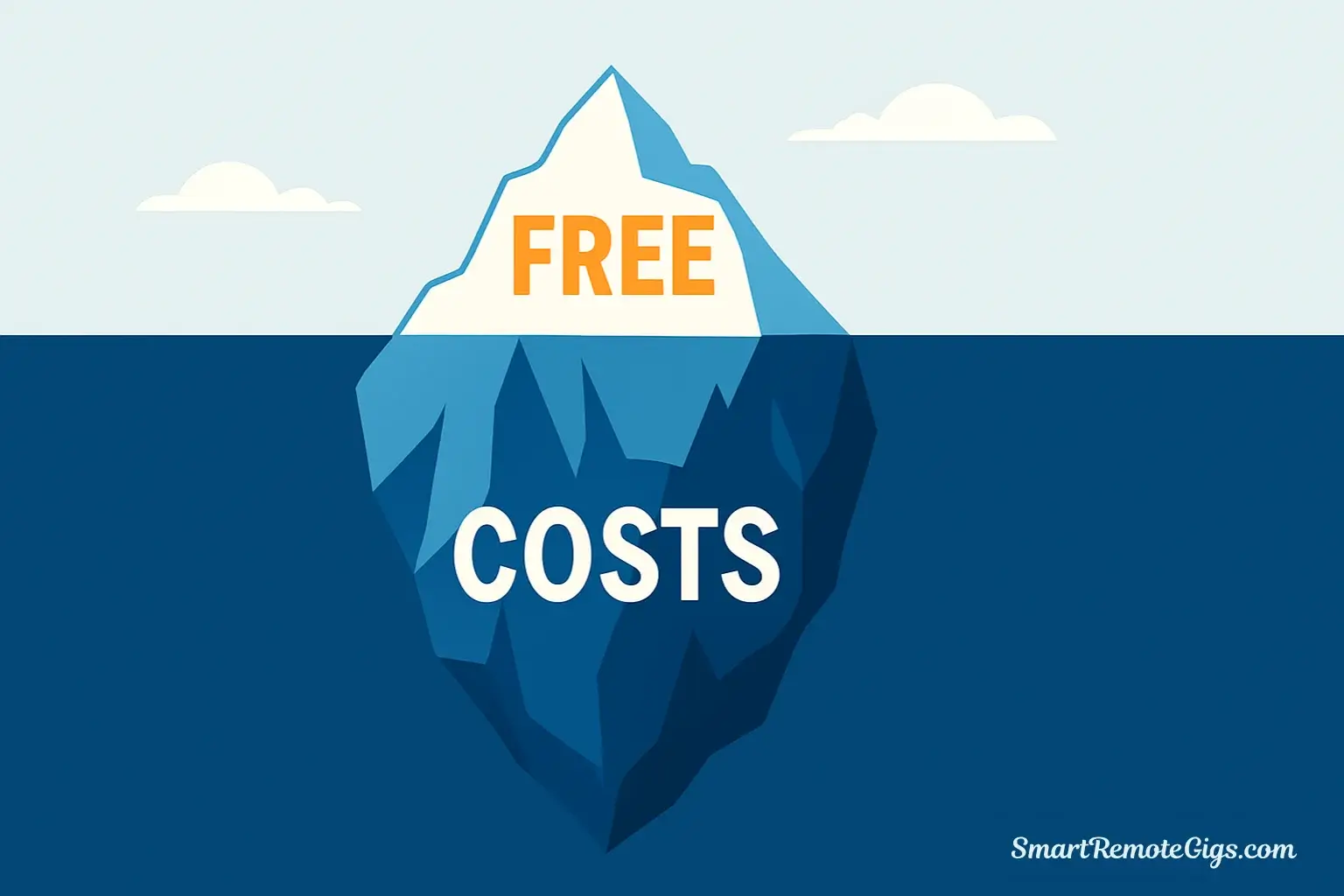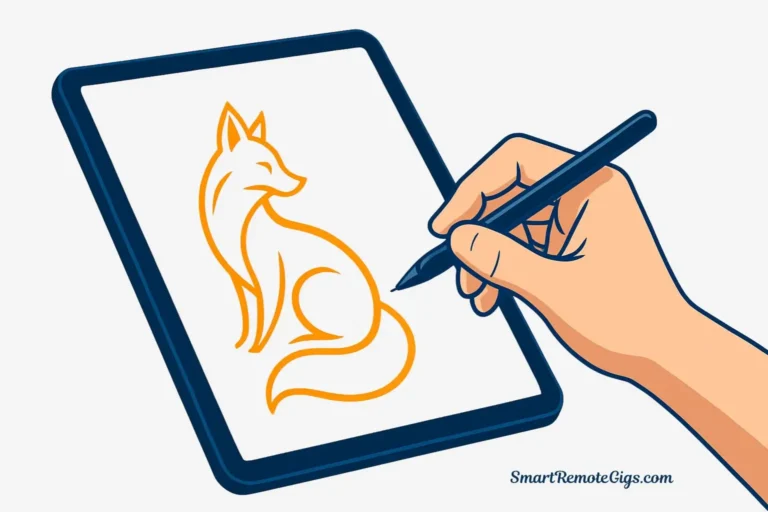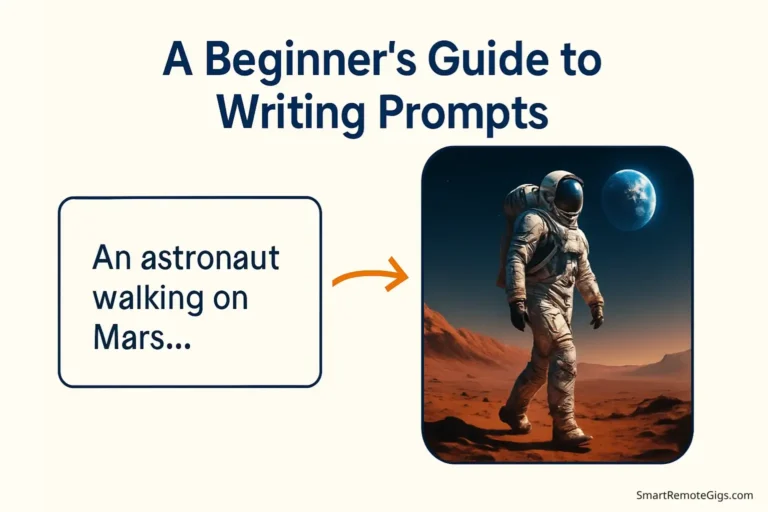In the world of tech, if you’re not paying for the product, you are the product.
This old Silicon Valley adage applies perfectly to the explosion of “free” AI tools flooding the market. They promise unlimited creativity, instant productivity, and professional results—all at zero cost. The signup process takes thirty seconds. No credit card required. Start creating immediately.
Sounds too good to be true? That’s because it is.
Free AI tools aren’t acts of corporate generosity. They’re sophisticated business models where the cost simply shifts from your wallet to other parts of your life and work. You’ll pay—just not in the way you expect.
This guide breaks down the five biggest hidden costs you’ll encounter when using free AI tools, so you can make informed decisions about which tools deserve a place in your workflow and which ones will cost you more than they’re worth. By understanding these costs upfront, you’ll avoid the painful surprises that catch most users months into their AI journey.
Let’s pull back the curtain on what “free” really means.
Cost #1: Your Data & Privacy
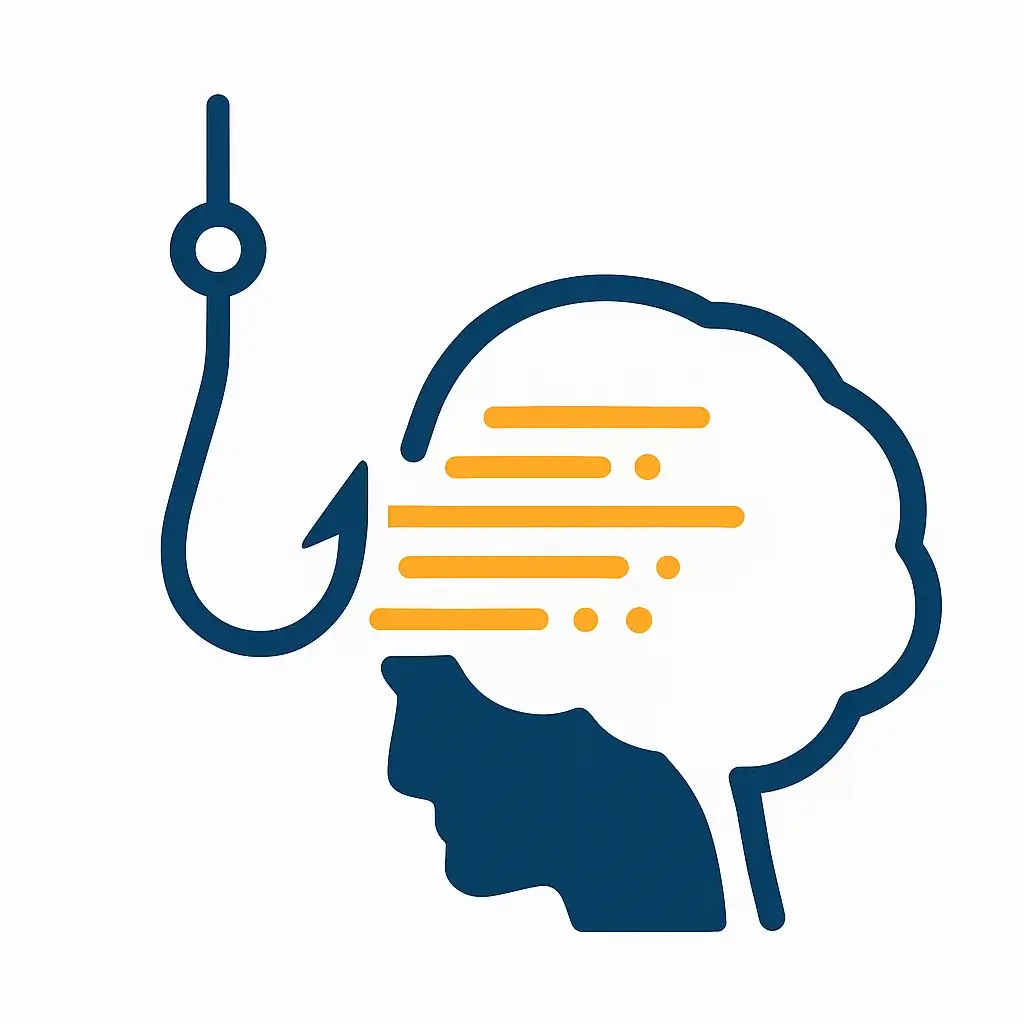
Every prompt you write, every image you generate, every conversation you have with an AI tool—that data goes somewhere. With free AI tools, it typically goes straight into the company’s training pipeline.
Your creative prompts? Training data. Your business questions? Training data. That rough draft of your novel you’re refining with AI assistance? Training data.
Most free AI services explicitly state in their terms of service that they reserve the right to use your inputs to improve their models. This isn’t a conspiracy theory or hidden fine print—it’s the fundamental business model. Free users generate the data that makes the AI better, which attracts paying customers who want the improved version.
The volume of data involved in AI training is unprecedented—terabytes or petabytes of text, images, and video routinely become part of training datasets, and some of that data inevitably includes sensitive information like healthcare records, personal data from social media, financial information, and biometric data used for facial recognition. With this much data in play, the risk of privacy breaches increases exponentially.
What This Means for You
If you’re using AI for personal projects—creating artwork for your bedroom wall, generating ideas for hobby projects, asking general knowledge questions—this data usage probably doesn’t matter much.
But the moment you cross into professional territory, the risks escalate dramatically. As IBM researchers note in their analysis of AI privacy concerns, the sheer volume of sensitive information involved in AI training—from healthcare data to biometric information—creates unprecedented privacy risks compared to earlier technological advances.
Client confidentiality: Paste a client’s marketing brief into ChatGPT to help write copy? You’ve potentially exposed confidential business strategy to a third party. Most client contracts explicitly prohibit this.
Proprietary information: Use AI to help debug code for your startup’s core product? You’ve just fed your competitive advantage into a system that might surface similar solutions to your competitors’ queries.
Personal data: Upload a spreadsheet with customer email addresses to analyze trends? You’ve violated GDPR, CCPA, and numerous other privacy regulations—even if unintentionally.
Trade secrets: Ask an AI to help optimize your unique manufacturing process? You’ve documented your secret sauce in a system that learns from and synthesizes information across millions of users.
The danger isn’t necessarily that an AI company will maliciously steal your ideas. The risk is that your specific information becomes part of the model’s training, and elements of it could potentially emerge in responses to other users’ prompts. The AI isn’t copying your work directly, but it’s learning patterns from everything it sees—including your proprietary data.
Actionable Protection
Never input sensitive information into free public AI tools. This includes:
- Client names, project details, or strategic information
- Proprietary business processes or methodologies
- Customer data, email lists, or personal information
- Unpublished creative work you plan to commercialize
- Financial information, passwords, or access credentials
- Medical, legal, or other regulated data
If you need AI assistance with sensitive material, either use paid enterprise tools with explicit data privacy guarantees and no-training policies, or sanitize your inputs by removing all identifying information and replacing specific details with generic placeholders.
The convenience of pasting your actual work into a free AI tool isn’t worth the risk of data exposure. Treat free AI tools like public spaces—don’t discuss anything there you wouldn’t announce in a crowded coffee shop.
Cost #2: Time & Rework
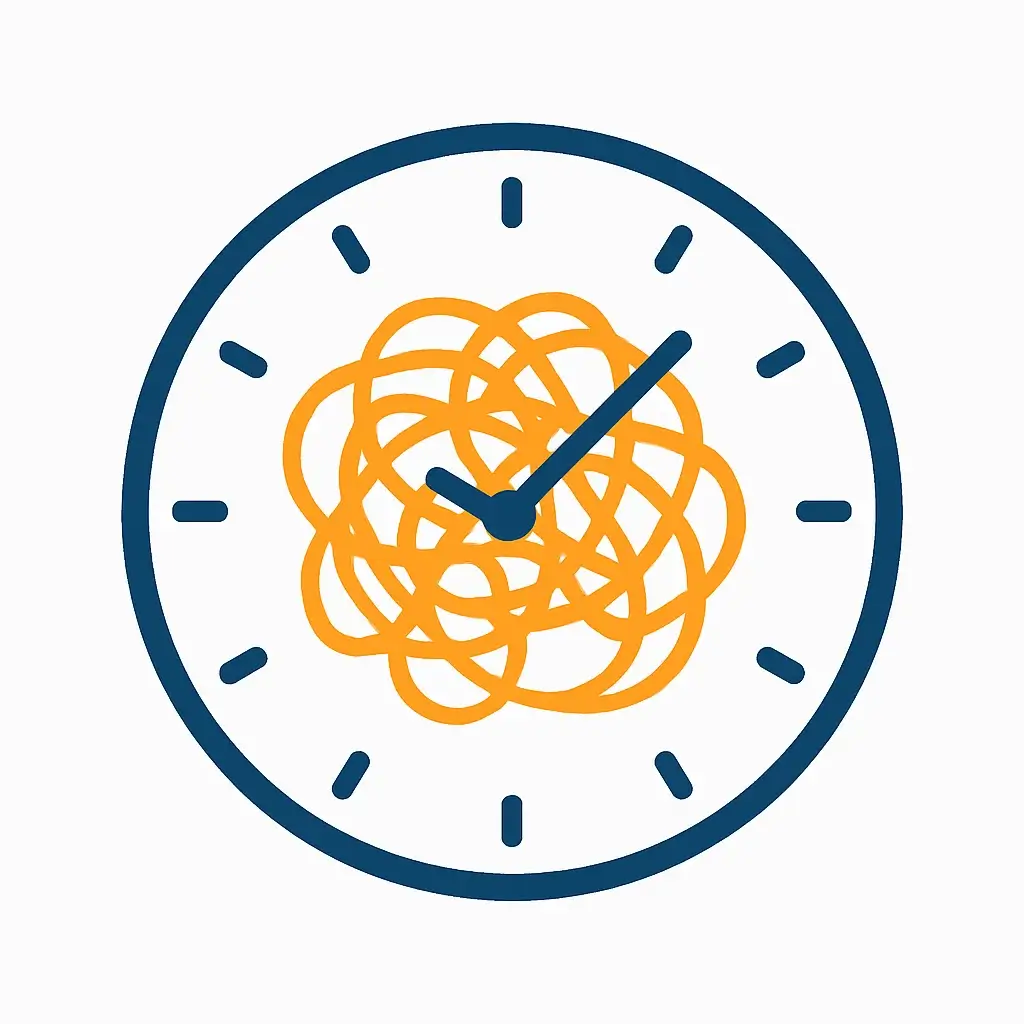
Free AI tools typically provide access to older, less capable models. The company’s best technology stays behind the paywall, reserved for paying customers who need higher quality outputs.
This creates a hidden time cost that most users don’t calculate: the time spent editing, refining, and fixing AI-generated content that wasn’t quite good enough the first time.
The Quality Gap
Compare these scenarios:
Premium AI model: You provide a detailed prompt. The AI generates content that needs minor tweaking—adjusting tone in a few places, adding one specific example, correcting one factual error. Total editing time: 10 minutes.
Free AI model: You provide the same prompt. The AI generates content that’s generic, misses key nuances, includes awkward phrasing, and requires substantial restructuring. You spend 30 minutes rewriting sections, adding specificity, and correcting misunderstandings before it’s usable.
Both tools felt “free” to use. But the free tool actually cost you an extra 20 minutes—and that’s per task. Multiply that across dozens or hundreds of uses, and the time cost becomes substantial.
Calculating the Real Time Cost
Here’s the formula most users miss:
Actual time cost = AI generation time + Editing/correction time
A free tool that generates a first draft in 10 seconds but requires 40 minutes of fixing isn’t faster than writing it yourself in 30 minutes. You’ve lost time and gained frustration.
The insidious part? The time cost isn’t obvious immediately. You feel productive because something was generated quickly. Only later, during editing, do you realize how much work it actually requires to become usable.
When Free Models Work Fine
To be fair, not every task requires premium AI quality:
- Brainstorming ideas where you’ll cherry-pick the best ones
- Generating rough outlines you’ll heavily customize anyway
- Creating placeholder content for mockups or prototypes
- Exploring creative concepts without needing polished results
- Learning and experimenting with AI capabilities
For these use cases, free models are perfectly adequate. The time cost remains low because your expectations match the tool’s capabilities.
The problem arises when you try using free models for production-quality work that directly represents you professionally. The quality gap becomes expensive in time spent fixing the output.
Cost #3: Strict Usage Limits & Throttling
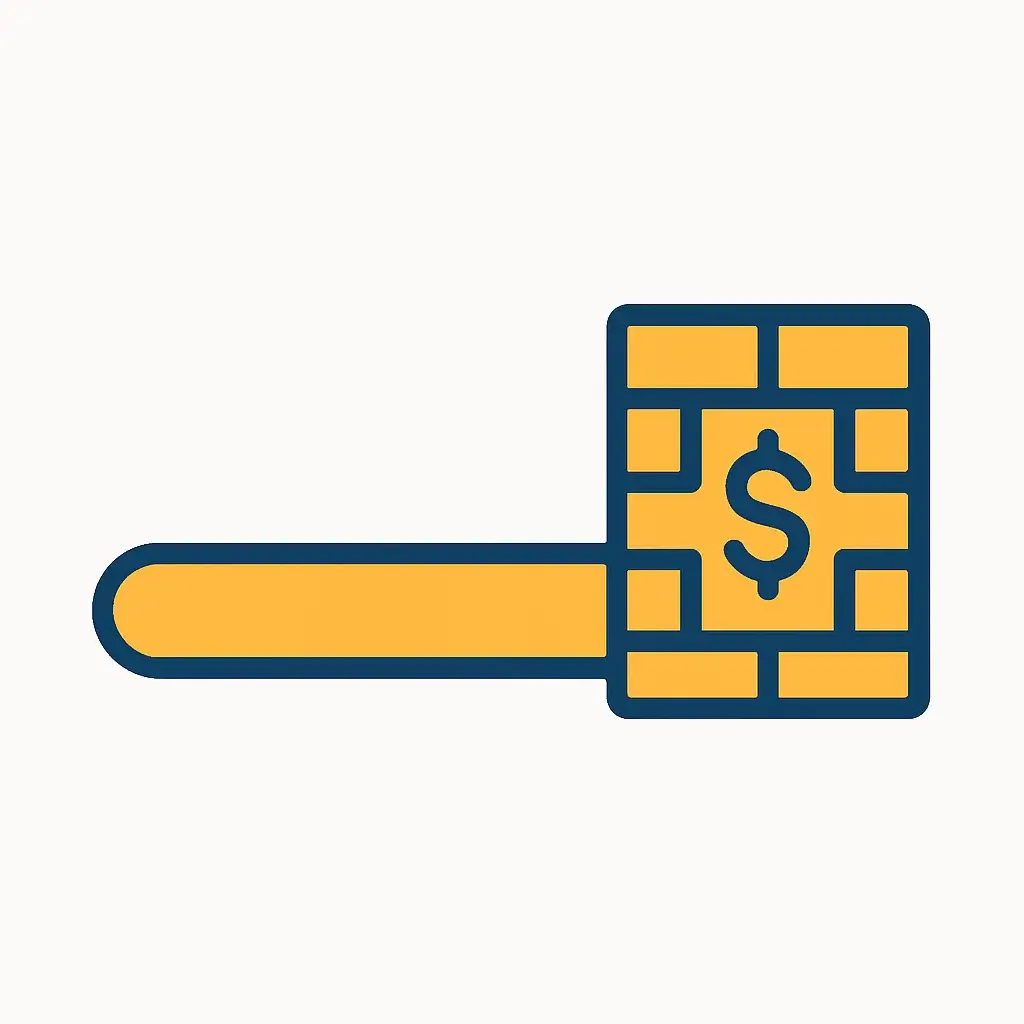
Free AI tools survive by converting a percentage of free users into paying customers. The primary conversion mechanism? Usage limits that kick in right when you’re most engaged with the tool.
These limits take various forms depending on the tool type:
AI image generators: 15-25 images per day, then locked out until tomorrow
AI writing tools: 10,000 words per month, then throttled to slower models
AI voice generators: 10 minutes of audio per month, then full paywall
Chatbots: 50 messages per day on GPT-4, then downgraded to older models
The limits are carefully calibrated. They’re generous enough that casual users rarely hit them. But serious users—people who might actually get value from the tool—hit the wall constantly.
The Workflow Interruption Cost
Imagine this scenario: You’re redesigning your website. You’ve generated 12 logo variations using an AI image tool, and you’re finally getting somewhere. The style is right, you’ve figured out the prompts that work, and you just need to try 3-4 more variations to nail it.
“Daily limit reached. Upgrade to continue creating.”
Your momentum dies instantly. Your creative flow evaporates. You either stop mid-project and lose your current thinking, or you switch to a different tool where you have to relearn prompting styles and probably won’t get the same aesthetic consistency.
This interruption cost is real. Professional creative work requires sustained focus. Breaking that focus fragments your process and degrades your final output.
The Credit Psychology
Many free tools use credit systems designed to make the limitations feel more restrictive:
- You see your credits depleting with each use
- You develop anxiety about “wasting” a generation on an experimental idea
- You become conservative in your testing, trying fewer variations
- You experience frustration when a generation fails or produces poor results, “wasting” a credit
This psychological burden adds mental overhead to your workflow. Instead of freely exploring possibilities, you’re rationing a limited resource, which undermines the exploratory process that often produces the best creative results.
When Limits Don’t Matter
If your usage pattern is genuinely casual—generating one image a week, writing occasional summaries, creating a voiceover once a month—free tier limits may never affect you. Many users never hit the restrictions.
But if you’re integrating AI into a regular workflow, those limits will become a constant friction point. You’ll either work around them by creating multiple accounts (violating terms of service) or eventually upgrade to eliminate the frustration.
Cost #4: Vague Licensing & Commercial Use Restrictions
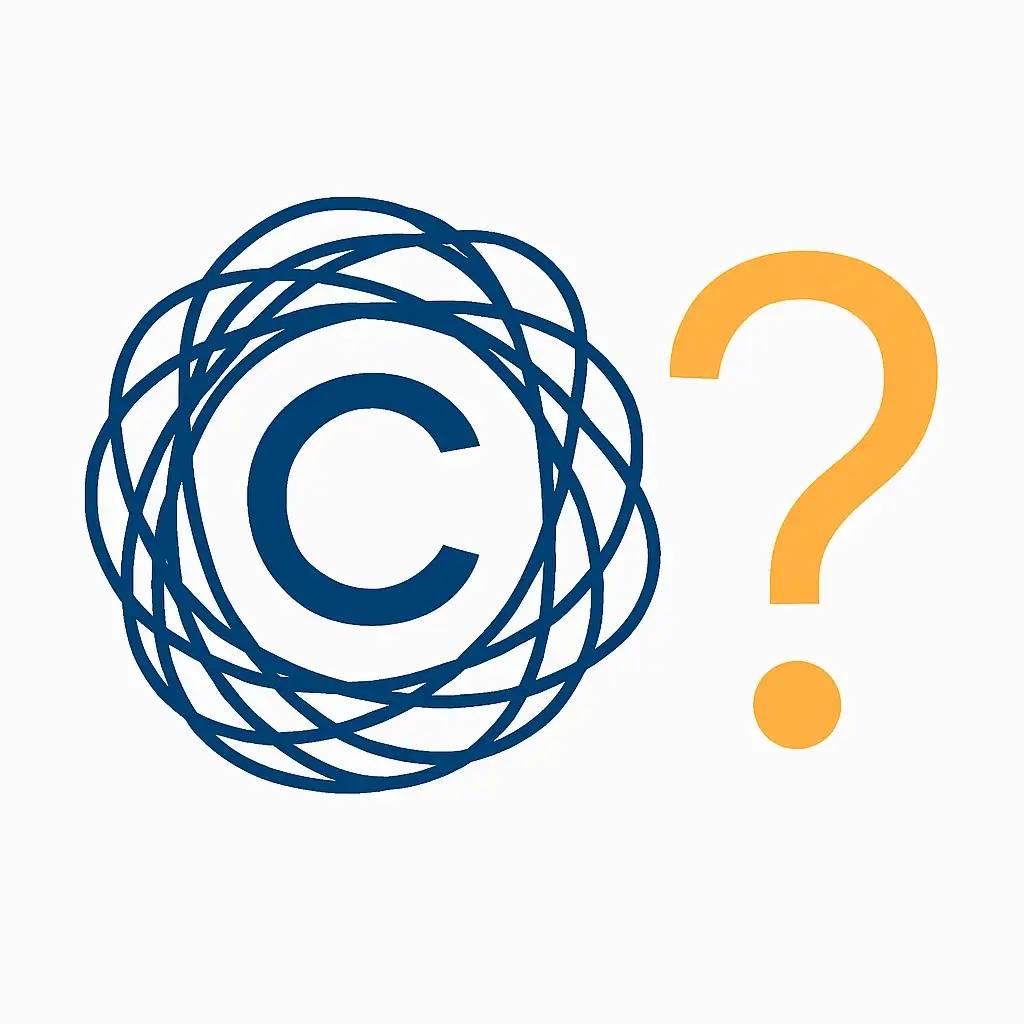
This is where “free” gets legally complicated. Many free AI tools have unclear, restrictive, or deliberately vague terms regarding who owns the content you create and how you can use it.
The critical questions most users never ask:
- Do I own the copyright to AI-generated content I create?
- Can I use this commercially—sell it, use it in client work, incorporate it into products?
- What happens if I use free-tier content commercially and later get sued?
- If I create something valuable using a free tool, can the AI company claim ownership?
The Licensing Gray Area
Free AI tools typically fall into one of these licensing categories:
Personal use only: You can create content for yourself, but commercial use requires upgrading to a paid plan. This is common with AI image generators.
Commercial allowed with attribution: You can use the content commercially if you credit the AI tool. This creates branding complications if you’re selling the work as your own.
Commercial allowed for personal projects, prohibited for client work: You can use AI-generated content on your own website but not in deliverables to clients. The distinction is often unclear.
Vague “we reserve all rights” language: The terms of service use ambiguous language that doesn’t clearly grant you any specific usage rights, leaving you legally exposed.
The problem compounds when you invest significant time creating something valuable using a free tool, only to discover the licensing terms prohibit your intended use. You’ve invested the time cost but can’t actually use the results.
The Multi-Million Dollar Question
Let’s say you generate an AI logo for your startup using a free tool. Your company grows. Five years later, you’re worth $10 million. Can the AI company claim your logo contains their intellectual property and sue for a percentage of your company value?
Probably not—but the legal ambiguity exists. And “probably not” isn’t acceptable when significant value is at stake.
Or imagine you create AI-generated artwork, sell it as NFTs, and earn $50,000. Six months later, you receive a cease-and-desist letter claiming you violated the free tier’s commercial use restrictions. You now face legal costs defending your usage rights—costs that far exceed what a proper license would have cost initially.
These aren’t hypothetical scenarios. As AI-generated content becomes more valuable, legal disputes over ownership and usage rights are inevitable.
Protection Through Clarity
We dive deep into this specific issue, including how to interpret terms of service and which free tools actually allow commercial use, in our complete guide: Are free AI tools safe for commercial use?
The core principle: If you’re creating something with commercial value, verify the licensing terms explicitly before investing time. Assume nothing. Read the terms of service. If they’re vague, contact support for written clarification. If you can’t get clear answers, find a different tool with explicit commercial usage rights.
Cost #5: The Inevitable Upsell & Vendor Lock-In
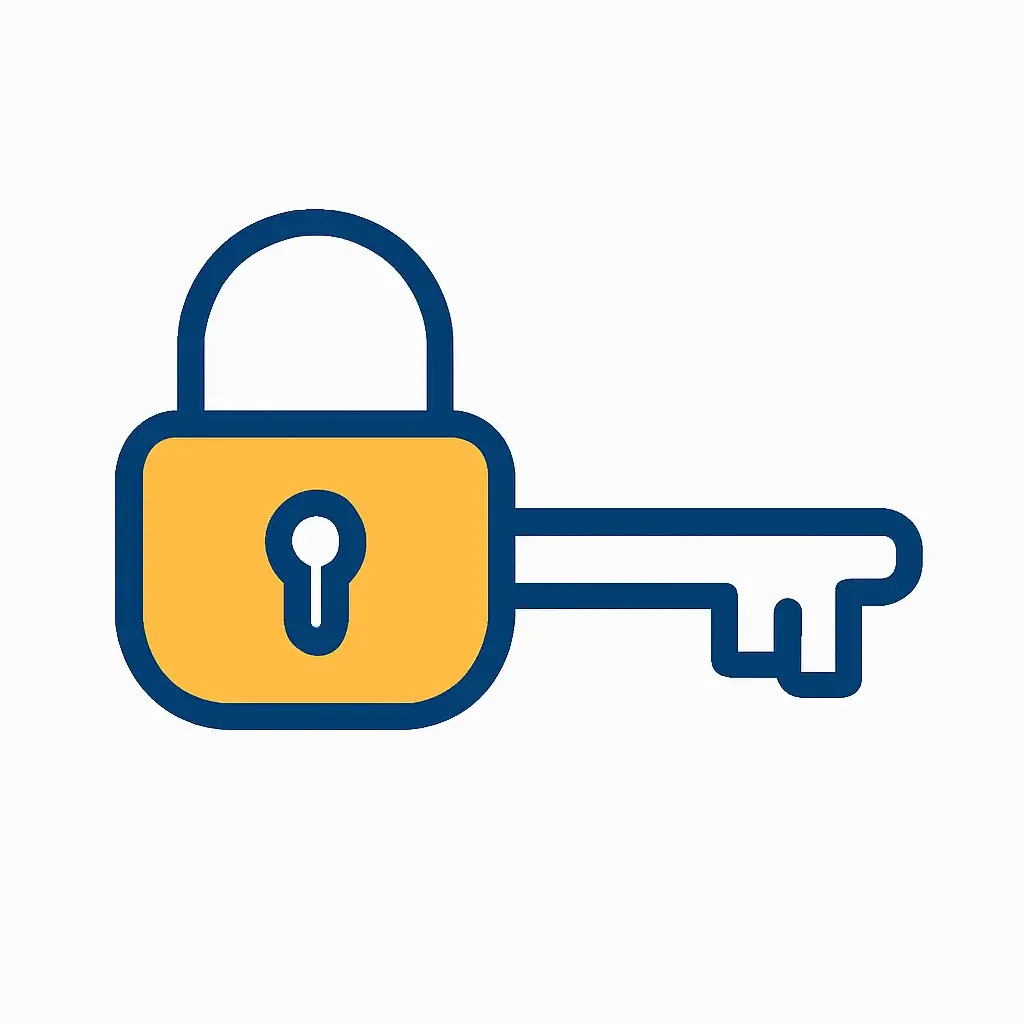
Free tiers aren’t designed to be sustainable long-term solutions. They’re marketing funnels expertly engineered to create dependency, then convert you to a paying customer.
This isn’t criticism—it’s smart business. But understanding the strategy helps you avoid the trap.
The Dependency Cycle
Phase 1: Generous free tier
You start using the tool. It’s great! The limitations don’t bother you because you’re learning and exploring. You integrate it into your workflow.
Phase 2: Increasing reliance
You’ve now created 50 images, written 30 blog posts, or generated 100 voiceovers using this specific tool. You’ve learned its quirks, developed effective prompting techniques, and built a library of work in its ecosystem.
Phase 3: The squeeze
You hit usage limits more frequently. New features you want stay behind the paywall. The free tier gets slightly worse as the company shifts resources to premium features. Your frustration grows.
Phase 4: The decision point
You either upgrade to the paid plan or abandon the tool entirely—losing all your invested time learning its system, all your saved prompts, all your workflow optimizations.
Most users upgrade. The switching cost feels too high.
The Lock-In Reality
Once you’ve built workflows around a specific AI tool, changing becomes expensive:
- You lose familiarity with how to prompt effectively
- Your saved prompt libraries don’t transfer
- Different tools produce different aesthetic styles or writing voices
- You have to relearn keyboard shortcuts, interface logic, and feature locations
- Your team has to retrain on a new platform
These switching costs are real, measured in hours of lost productivity. AI companies know this and design their products to maximize lock-in before introducing meaningful upgrade pressure.
The Pricing Reveal
Here’s the pattern you’ll see repeatedly:
The free tier gets you hooked. Then you discover the actually useful features require:
- Basic plan: $10-15/month
- Professional plan: $30-50/month
- Business plan: $100-200/month
What felt free suddenly costs $120-$600 annually—per tool. If you’ve integrated 3-4 AI tools into your workflow following this pattern, you’re suddenly spending $500-2000 yearly on tools you thought were free.
Again, this isn’t necessarily bad. If the tools provide value worth that cost, paying makes sense. The hidden cost is the surprise—you didn’t budget for these expenses when you started using “free” tools, and now you’re financially committed.
When Does It Make Sense to Pay for an AI Tool?
Understanding hidden costs doesn’t mean avoiding AI tools entirely. It means making strategic decisions about when free tiers are adequate and when paying upfront saves money long-term.
Upgrade to paid when:
- You use the tool daily for professional work. The time savings and quality improvements quickly justify the cost. If a $20/month tool saves you 5 hours monthly, it’s worth $4/hour—dramatically cheaper than your actual time value.
- You need it for client work or commercial projects. The licensing clarity and liability protection of paid plans is essential when money or reputation is at stake.
- Data privacy is critical. Paid plans typically include no-training guarantees and data privacy protections that free tiers don’t offer. Essential for professional use.
- You’re hitting usage limits constantly. If restrictions interrupt your workflow multiple times per week, you’re losing more in productivity than the subscription costs.
- You need advanced features. If the capabilities you actually need are locked behind the paywall, the free tier isn’t saving you money—it’s wasting your time.
- The tool provides clear, documented ROI. If you can directly connect the tool to income generated or costs saved, paying is an investment, not an expense.
Stick with free when:
- You’re learning and experimenting. Free tiers are perfect for education and exploration before committing financially.
- Usage is genuinely occasional. If you generate 5 images per month, don’t pay for unlimited access to 500.
- You’re using it for personal, non-commercial projects. If there’s no money involved and no sensitive data, free tiers work fine.
- Multiple free alternatives exist. If you can rotate between 3-4 free tools without hitting limits, the combined free access might meet your needs.
- You don’t need cutting-edge quality. If “good enough” truly is good enough for your use case, why pay for “excellent”?
The decision isn’t free vs. paid—it’s which option provides better value for your specific situation. Sometimes free is genuinely adequate. Sometimes “free” ends up costing more than the paid version would have.
The Smart Consumer’s Approach to Free AI Tools
Understanding hidden costs transforms you from a passive user into a strategic consumer. You’re not avoiding free AI tools—you’re using them intelligently.
Ask these questions before committing to any free AI tool:
- What data am I sharing? Can I use this tool without exposing sensitive information?
- What’s the quality gap? Does the free tier produce results good enough for my needs, or will I spend excessive time fixing outputs?
- What are the usage limits? Will these restrictions interrupt my workflow or are they genuinely adequate for my usage pattern?
- What are the licensing terms? Can I legally use the output for my intended purpose?
- What’s the upgrade pressure? Is this tool designed to make the free tier frustrating enough that I’ll eventually pay?
These questions don’t have universal answers. They depend on your specific situation, risk tolerance, and usage patterns.
The goal isn’t finding tools with zero hidden costs—those don’t exist. The goal is understanding the costs clearly enough to decide whether they’re acceptable trade-offs for the value you receive.
The Balanced Perspective
Free AI tools have democratized capabilities that were completely inaccessible to most people just a few years ago. The ability to generate images, write content, create voices, and build applications without significant financial investment is genuinely revolutionary.
But “free” has always come with costs. Before AI, free social media cost you data and attention. Free email cost you privacy and advertisements. Free software came with limitations and upgrade pressure.
AI tools follow the same pattern. The costs exist. Understanding them doesn’t mean rejecting free tools—it means using them with appropriate caution and realistic expectations.
Some users will happily pay the hidden costs (data privacy, time investment, usage limits) in exchange for zero financial cost. Others will calculate that paid tools provide better overall value once all costs are considered. Both approaches are valid. The mistake is not recognizing the costs exist until you’ve already paid them.
For a comprehensive overview of how these free AI tools compare to each other and which ones offer the best balance of capabilities and limitations, check out our guide to the top 5 free AI tools that give you an unfair advantage. It helps you choose tools strategically rather than accumulating a collection of “free” services that collectively cost you more than a few well-chosen paid alternatives.
You’re now equipped to evaluate “free” AI tools critically. The next time you see “No credit card required. Start creating for free,” you’ll know exactly what questions to ask and which costs to watch for.
Free is never truly free. But when you understand the real costs, you can decide whether the trade-offs are worth it.
